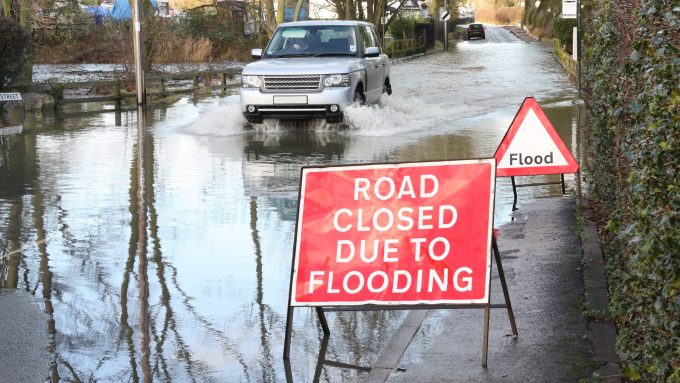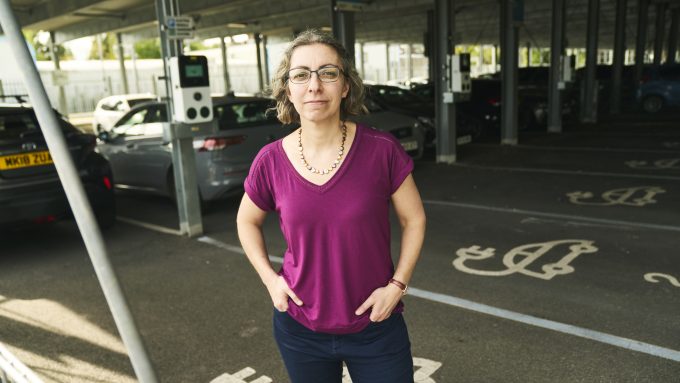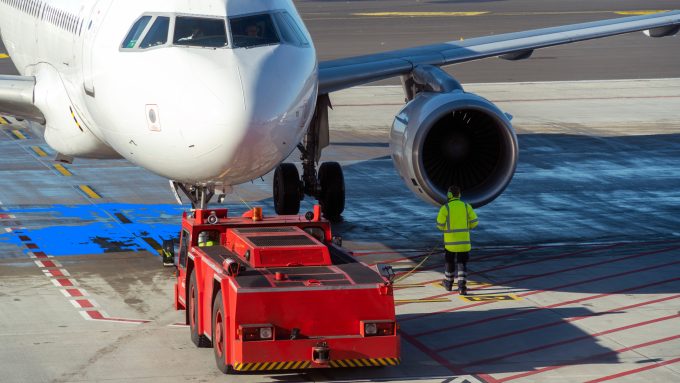
Wind propelled shipping system advanced by Catapult-backed programme
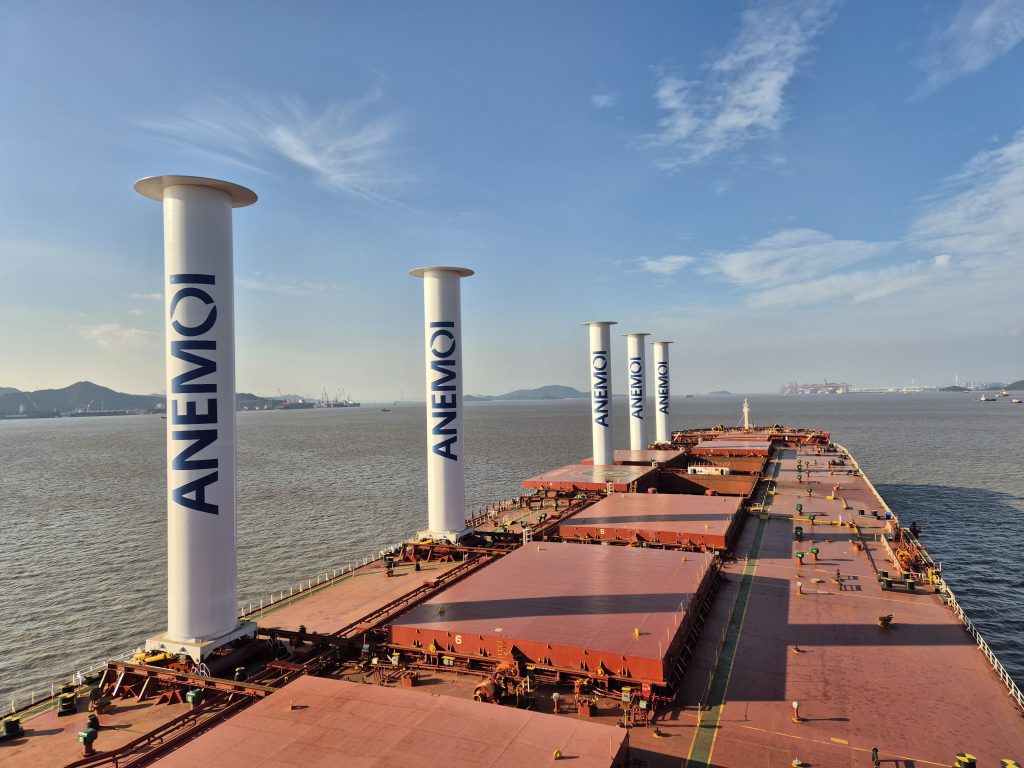
Bulk carriers, tankers and ferries covering hundreds of nautical miles and powered by diesel soon rack up emissions, but one maritime systems specialist from the UK is looking to use the power of the wind to dramatically reduce shipping’s environmental footprint around the globe.
Anemoi Marine Technologies’ wind assisted propulsion system for ships uses a series of rotor sails – essentially vertical cylinders fixed to a deck that spin around to generate thrust.
The company is supported by Connected Places Catapult through the Clean Maritime Demonstration Competition, and has started working on a £1.2m project to take its technology one step further.
It is testing a prototype of a new folding mechanism for its 3.5m diameter rotor sails, to allow vessels to pass beneath a bridge, or to allow goods to be loaded or unloaded more easily in port. Anemoi has already successfully installed its folding system on the existing larger, 5m diameter rotor sails; proving the success of this deployment concept.
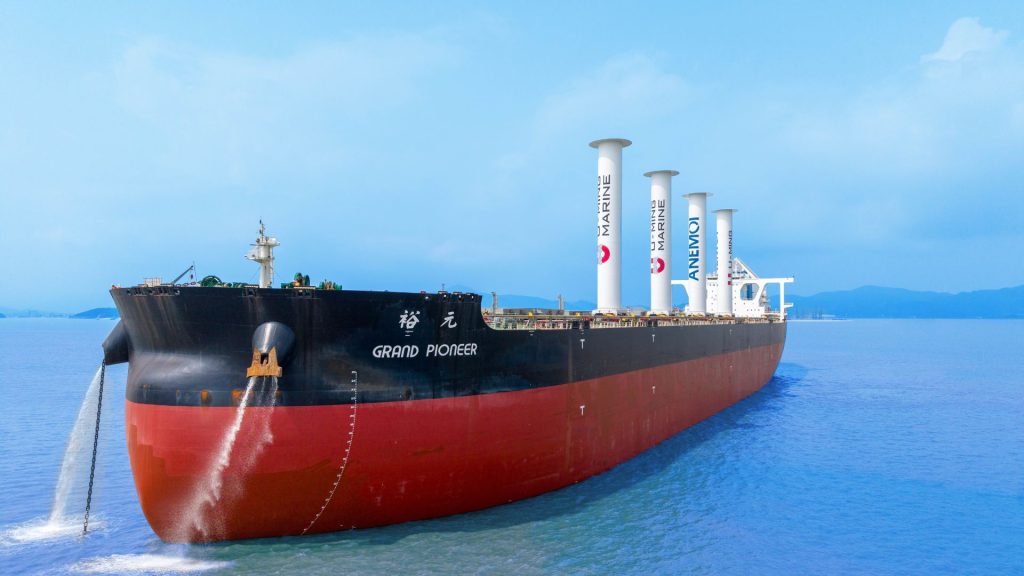
This summer, the company also unveiled a new production facility beside the Yangtze River in China, with capacity to build 250 rotor sails a year.
Anemoi Marine Technologies’ Research and Development Engineer, Ben Shaw says: “Our aim is to overcome the problem of diesel emissions from ships by using a much cleaner alternative – wind power. Our orders are ramping up, and by the end of next year we aim to double our current number of rotor sails.”
At present, the company’s rotor sails are installed on a handful of ships carrying bulk cargo, mainly on routes that link China and South America across the Pacific Ocean.
Creation of the folding mechanism for the 3.5m diameter rotor sails is being carried out through the sixth round of the Clean Maritime Demonstration Competition. The development and testing of this smaller rotor sail was thanks, in part, a few years ago to support from the fourth round of the programme.
“The Clean Maritime Demonstration Competition gave us – and continues to give us – the ability to carry out full-scale prototyping in the UK,” Ben says. “It is beneficial for our engineering team in the UK to be able to do that work here, before the sails are manufactured in China.
“Connected Places Catapult provided us with great market intelligence, helping to carry out the necessary in-depth research. The Catapult conducted several research projects as part of our CMDC 4 project, focusing on the viability of manufacturing and supplying the rotor sails in the UK, looking at both the existing supply chain and the market potential. This enabled us to make more data-driven decisions.”Ben Shaw, Anemoi Marine Technologies’ Research and Development Engineer
“We need to keep pushing the boundaries of our technology, and making sure that we continue to be the best at what we do,” he adds.
Connected Places Catapult’s Head of Maritime, Richard Holland said: “I'm delighted that we are once again working with Anemoi Marine Technologies on the next design iteration of their fantastic rotor sail technology as part of the Clean Maritime Demonstration Competition, Round 6, collaborative research.
“For centuries, early ships relied exclusively on wind for travel and trade and I'm really excited about its resurgence with modern, sustainable technologies powering us forwards towards decarbonisation of the sector.”
Find out more about our work in Maritime and Ports.
Read about the activities of Connected Places Catapult at London International Shipping Week.

